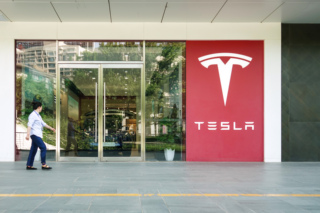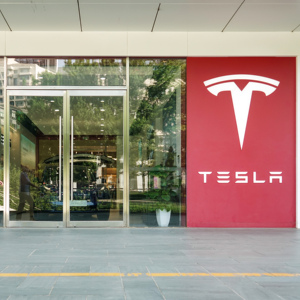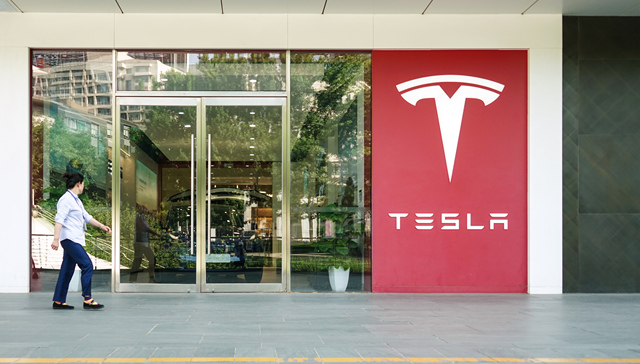By YANG Shihan
Development of a new US$25,000 (approximately 179,000 yuan) Tesla is well underway, according to EV kingpin Elon Musk. This model is at the heart of Musk’s plan to sell 20 million cars in 2030.
The car will be first made at the Texas factory and in Mexico. Musk hinted that this would be an entirely new production line and that the technology would outdo that of any other car factory.
The die is cast
In September, Reuters reported that Tesla claimed a breakthrough that would halve production costs. Through revolutionary die-casting technology, Tesla will unify nearly all under-body parts into a single unit instead of approximately 400 discrete components.

Musk is tight-lipped about details, but the production line is expected to be highly automated. Skeptics say Musk's pronouncements on revolutionizing car production arrive monthly, and this one needs no more attention than most others.
At US$25,000, the Tesla is still more expensive than the conventional Toyota Corolla which starts at less than US$20,000. However, given the trend in oil prices, EVs are gaining ground and another price cut wouldn’t do any harm.
US government battery regulations protect domestically-made batteries and EVs, putting Chinese manufacturers at a disadvantage. From this perspective, an affordable EV may face little competition in many markets, especially in the United States. However, Musk started talking the project up as early as 2020, planning to launch it within three years. As of 2022, no progress has been reported.
Overseas parking brake
Musk’s current bluster about the new car may be a distraction away from the problems of Cybertruck. Deliveries have begun, but production is far from stable.
Tesla has received ten times its first-year production target in Cybertruck orders and expanded its factory, with plans to double the current workforce of around 60,000. This may also be in preparation for the production of affordable EVs.
Tesla plans to produce the EV in Texas first, as this approach is more controllable than building factories overseas.
The Berlin factory went through a lengthy public interest lawsuit before approval, and the factory in Mexico has experienced multiple delays. The latest information indicates that a Mexican super factory is expected to start production in 2026 at the earliest.
Meanwhile in China
The Shanghai factory, supported by the government, went from greenfield to production in 10 months. Shanghai is Tesla's most efficient center. Cars roll off the production line in Texas every 76 seconds. It’s 37 seconds in the Shanghai factory and currently running at full capacity.
At the same time, Tesla is attempting to find new growth in China, and its energy storage business will enter the Chinese market next year with batteries produced in Shanghai and sold locally. The company plans to build a battery factory there with an annual capacity of 40 GWh.
Tesla launched large-scale commercial and home energy storage products in 2016, energy storage accounts for 7 percent of Tesla's revenue, with a gross profit margin of 24.4 percent, much higher than the automotive business.





